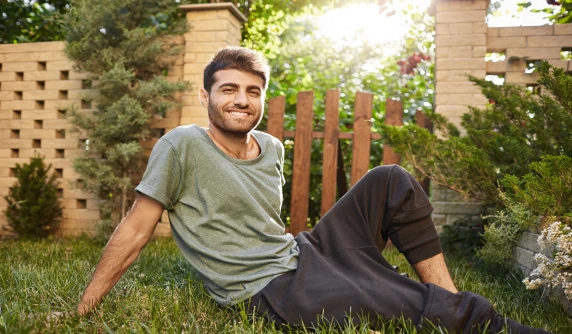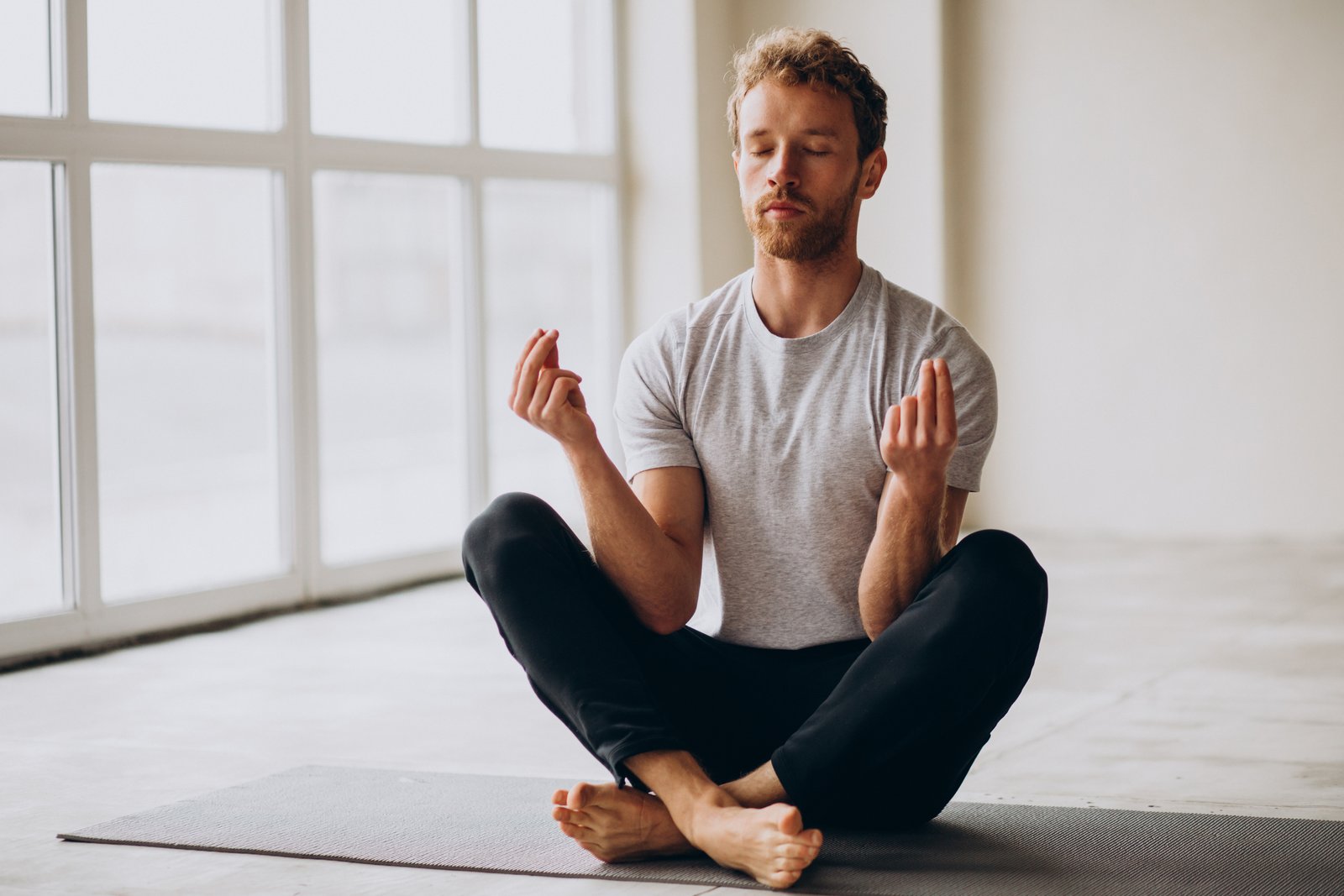
In today's digital age, technology has become a constant companion. From our smartphones to our laptops, our lives are intertwined with screens. While technology offers numerous benefits, it also poses significant challenges for our mental well-being. This article provides insights into adopting mindful technology habits for a balanced mental lifestyle.
Technology is a pervasive part of modern life. It provides a platform for learning, communication, entertainment, and much more. However, the constant influx of information and the need to stay connected can take a toll on our mental health.
This necessitates the adoption of mindful technology habits to ensure a balanced mental lifestyle.
Digital Detox: Balancing Connectivity
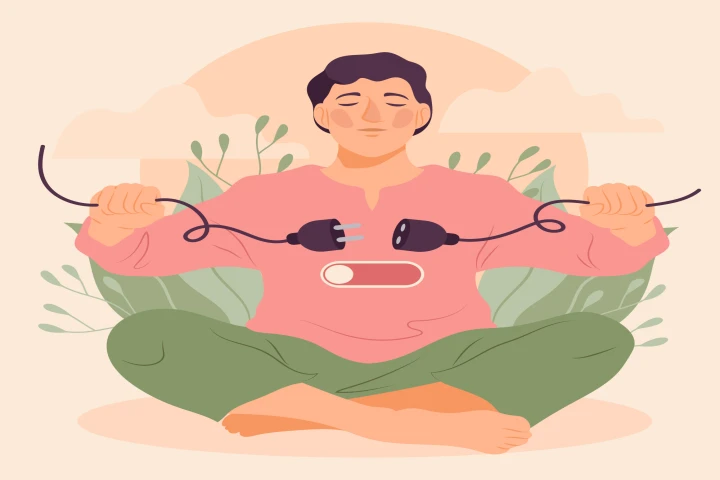
Staying connected round-the-clock can be mentally taxing. Constant notifications, emails, and updates can cause stress and anxiety. Therefore, it's essential to establish boundaries for screen time and notifications.
1. The Importance of Disconnecting
Disconnecting from digital devices, even for short periods, can significantly improve mental well-being. It allows the mind to relax, rejuvenate, and focus on the present moment.
2. Tech-Free Periods
Incorporating tech-free periods into your daily routine can be beneficial. This could involve designating certain hours of the day as 'tech-free' or dedicating specific areas in your home where digital devices are not allowed.
Conscious Social Media Engagement

The way we engage with social media can significantly impact our mental health. While social media can be a great platform to connect with others, it can also lead to feelings of inadequacy and loneliness if not used mindfully.
1. Understanding Social Media's Effects
The goal of social media platforms is to maximize user engagement over time. This can lead to excessive scrolling, which can trigger feelings of envy, loneliness, and dissatisfaction.
2. Healthy Social Media Habits
Creating healthy social media habits involves setting time limits, being selective about who and what you follow, and using social media actively rather than passively.
Mindful Consumption of Digital Content
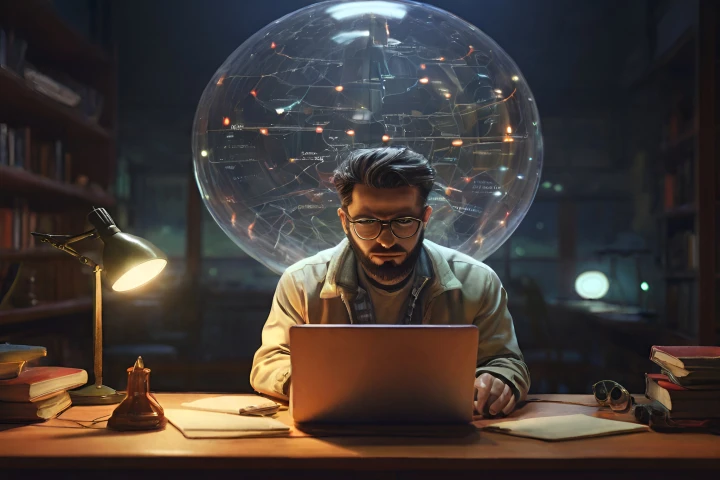
The type of digital content we consume plays a significant role in our mental health. Consuming negative or sensationalized content can leave us feeling anxious, scared, or upset. On the other hand, positive and informative content can enhance our knowledge and uplift our mood.
1. Impact of Content Choice
The digital content we consume can significantly impact our thoughts and feelings. Therefore, it's crucial to choose content that aligns with our interests, contributes to our knowledge, and cultivates positive emotions.
2. Positive Digital Content Diet
Creating a positive digital content diet involves seeking out content that is informative, inspiring, and uplifting. It also means limiting exposure to negative or sensationalized content that can trigger stress or anxiety.
Utilizing Technology for Mindfulness
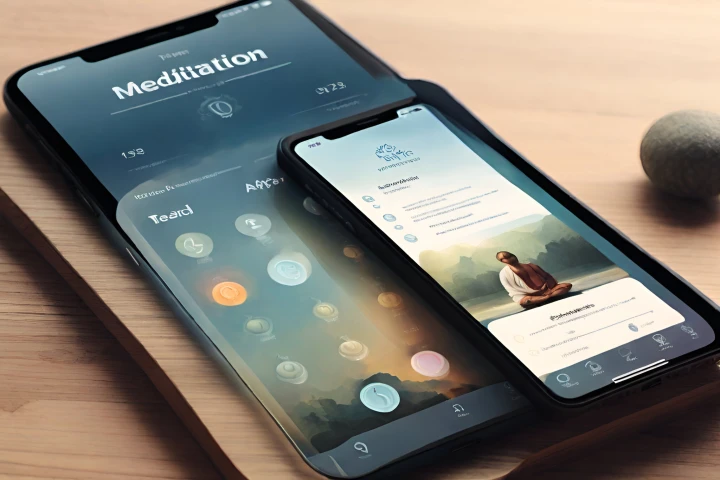
While technology can sometimes contribute to stress and anxiety, it can also be a powerful tool for promoting mindfulness and relaxation. There are numerous apps and digital tools designed to promote relaxation, focus, and mindfulness.
1. Mindfulness Apps and Tools
Mindfulness apps offer guided meditations, breathing exercises, and relaxation techniques that can help reduce stress and anxiety. Examples of such apps include Headspace, Calm, and Insight Timer.
2. Mindful Digital Workspace
Creating a mindful digital workspace involves optimizing your digital environment for focus and productivity. This could mean decluttering your digital space, using productivity tools, and taking regular breaks to prevent burnout.
Prioritizing Real-World Experiences

While digital devices provide numerous conveniences, they can also create a barrier between us and our physical surroundings. Prioritizing real-world experiences over screen time can contribute to a balanced mental lifestyle.
1. Balancing Virtual and Physical Realities
Balancing virtual and physical realities involves setting boundaries for screen time and prioritizing in-person interactions and experiences.
2. Enhancing Real-World Experiences
Technology can also be used to enhance real-world experiences. For instance, using technology to learn a new skill, explore new places, or connect with others can enrich our real-world experiences.
Establishing Healthy Sleep Hygiene

Excessive screen time, especially before bedtime, can disrupt sleep patterns and affect the quality of sleep. Establishing healthy sleep hygiene involves setting boundaries for screen time and creating a relaxing bedtime routine.
1. Impact of Screen Time
The blue light emitted by digital screens can interfere with the production of melatonin, the hormone that regulates sleep. Therefore, limiting screen time, especially before bed, can improve sleep quality.
2. Improving Sleep with Tech
Certain apps and technologies can help improve sleep. For instance, sleep tracking apps can provide insights into your sleep patterns, and white noise machines can create a calming environment conducive to sleep.
Mindful Parenting in the Digital Age

As a parent, navigating technology use within the family can be challenging. It's crucial to set boundaries for children's tech use and lead by example in demonstrating mindful technology habits.
1. Setting Tech Boundaries
Parents need to set clear, reasonable rules for children's tech use. This could involve setting screen time limits, monitoring online activity, and encouraging tech-free family time.
2. Quality Family Time
Encouraging quality family time without screens can foster stronger connections and provide opportunities for children to develop social and emotional skills.
Cybersecurity and Digital Boundaries

Protecting our digital well-being involves safeguarding our personal information and privacy, as well as setting boundaries for digital interactions.
1. Protecting Digital Well-being
Implementing digital security measures and being mindful of the information we share online can protect us from cyber threats and ensure our digital well-being.
2. Digital Interactions
Balancing online and offline social connections and being mindful of the impact of digital interactions on our mental health is crucial for maintaining a balanced mental lifestyle.
Mindful Tech Reflection and Evaluation

Regular self-assessment of technology habits can provide insights into how technology affects our mental well-being. Reflecting on our tech use and identifying areas for improvement can help us cultivate more mindful technology habits.
1. Self-Assessment
Regular self-assessment involves reflecting on the impact of technology on our mental well-being and identifying areas for improvement.
2. Professional Guidance
Recognizing signs of technology-related mental health issues and seeking professional help can provide the support needed to navigate these challenges.
In brief
Adopting mindful technology habits is crucial for maintaining a balanced mental lifestyle. This involves setting boundaries for screen time, engaging consciously with social media, consuming positive digital content, utilizing technology for mindfulness, prioritizing real-world experiences, establishing healthy sleep hygiene, practicing mindful parenting in the digital age, protecting our digital well-being, and regularly evaluating our technology habits.
By cultivating a balanced and mindful approach to technology, we can harness its benefits while safeguarding our mental health.
FAQ about Mindful Technology Habits
What is mindful technology use?
Mindful technology use is about being intentional and aware of how we interact with technology and its impact on our well-being.
Why is it important to be mindful of our technology use?
Constant technology use can have negative consequences for our mental health, such as stress, anxiety, and sleep problems. By being mindful, we can use technology in a way that benefits us.
What is a digital detox?
A digital detox is a period of time when you voluntarily disconnect from electronic devices and the internet.
What are the benefits of a digital detox?
Digital detoxes can help us reduce stress, improve focus, and get better sleep.
How can social media negatively impact my mental health?
Social media can lead to feelings of inadequacy, loneliness, and dissatisfaction if we compare ourselves to others or see unrealistic portrayals of life.
Which guidelines apply to responsible usage of social media?
Set time limits, be selective about who you follow, and focus on active rather than passive use.
How can the content I consume online affect my mood?
Negative and sensationalized content can make us feel anxious, scared, or upset, while positive and informative content can uplift our mood and increase knowledge.
What are some tips for creating a positive digital content diet?
Seek out content that is informative, inspiring, and uplifting, and limit exposure to negative or sensationalized content.
How can I use technology to be more mindful?
There are many apps and tools available that offer guided meditations, breathing exercises, and relaxation techniques.
What is a mindful digital workspace?
A mindful digital workspace is one that is organized and optimized for focus and productivity. This may involve decluttering your digital space and taking breaks to prevent burnout.
How can I strike a balance between screen time and real-world experiences?
Set boundaries for screen time and prioritize spending time in person with others and engaging in activities you enjoy.
Can technology enhance real-world experiences?
Yes, technology can be used to learn new skills, explore new places, and connect with others in ways that enrich our lives.
Why is screen time before bed bad for sleep?
The blue light emitted by screens can interfere with the production of melatonin, the hormone that regulates sleep.
How can technology help me sleep better?
Some apps and tools can track your sleep patterns and create a calming bedtime routine.
How can I set healthy tech boundaries for my children?
Set clear rules for screen time, monitor online activity, and encourage tech-free family time.
Why is quality family time important in the digital age?
Spending time together without screens strengthens connections and allows children to develop social and emotional skills.
What is digital well-being?
Digital well-being is about using technology in a way that supports our overall health and well-being.
How can I protect my digital well-being?
Implement security measures, be mindful of the information you share online, and set boundaries for digital interactions.
Why is it important to reflect on my technology use?
Regular reflection helps you understand how technology affects you and identify areas for improvement.
When should I seek professional help for technology-related mental health issues?
If you are struggling to manage your technology use or it is negatively impacting your mental health, seek professional help.


